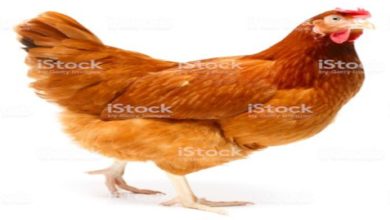INFECTIOUS CORYZA IN POULTRY
What causes this disease?
The bacterium causing this disease is known as Hemophilus paragallinarum.
Transmission
- The disease spreads from bird to bird and flock to flock by contact and airborne infected dust particles and via the drinking water.
- Spread by equipment and personnel has also been reported.
- The incubation period varies from 1 to 3 days.
Clinical signs of the disease
- The main signs of the disease are inflammation of eyes and nose with foul-smelling discharges, conjunctivitis, sneezing and facial swellings. Feed and water intake is reduced, leading to loss of weight. Egg production in laying birds will drop.
- Mortality will vary with the virulence of the infection but is generally low
Treatment and Control
- Treatment with antibiotics can be given to subdue clinical infection, but eradication and prevention are the most desirable means of control.
- Vaccines have been developed, but are only used in areas where the disease is endemic and cannot be eradicated.




This is a wonderful and innovative approach to solving livestock diseases! Husbandry may aid alot.
Hi nice website
Magnificent goods from you, man. I have bear in mind your stuff previous to and you’re simply
extremely excellent. I actually like what you’ve obtained right here, really like what you
are saying and the way by which you assert it. You’re making it entertaining and you still
care for to stay it sensible. I can not wait to read far more
from you. This is actually a great web site.
informative post
very good
Everything is very open with a really clear description of
the challenges. It was truly informative. Your site is extremely helpful.
Many thanks for sharing!
Cool + for the post
thanks, interesting read
Kudos! An abundance of posts!
Useful knowledge. Kudos.
don’t think anything